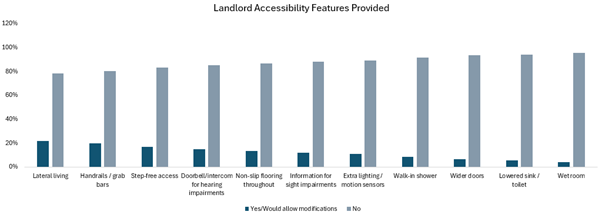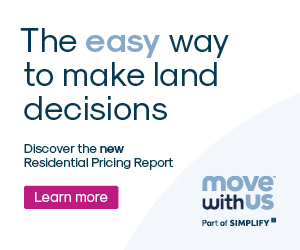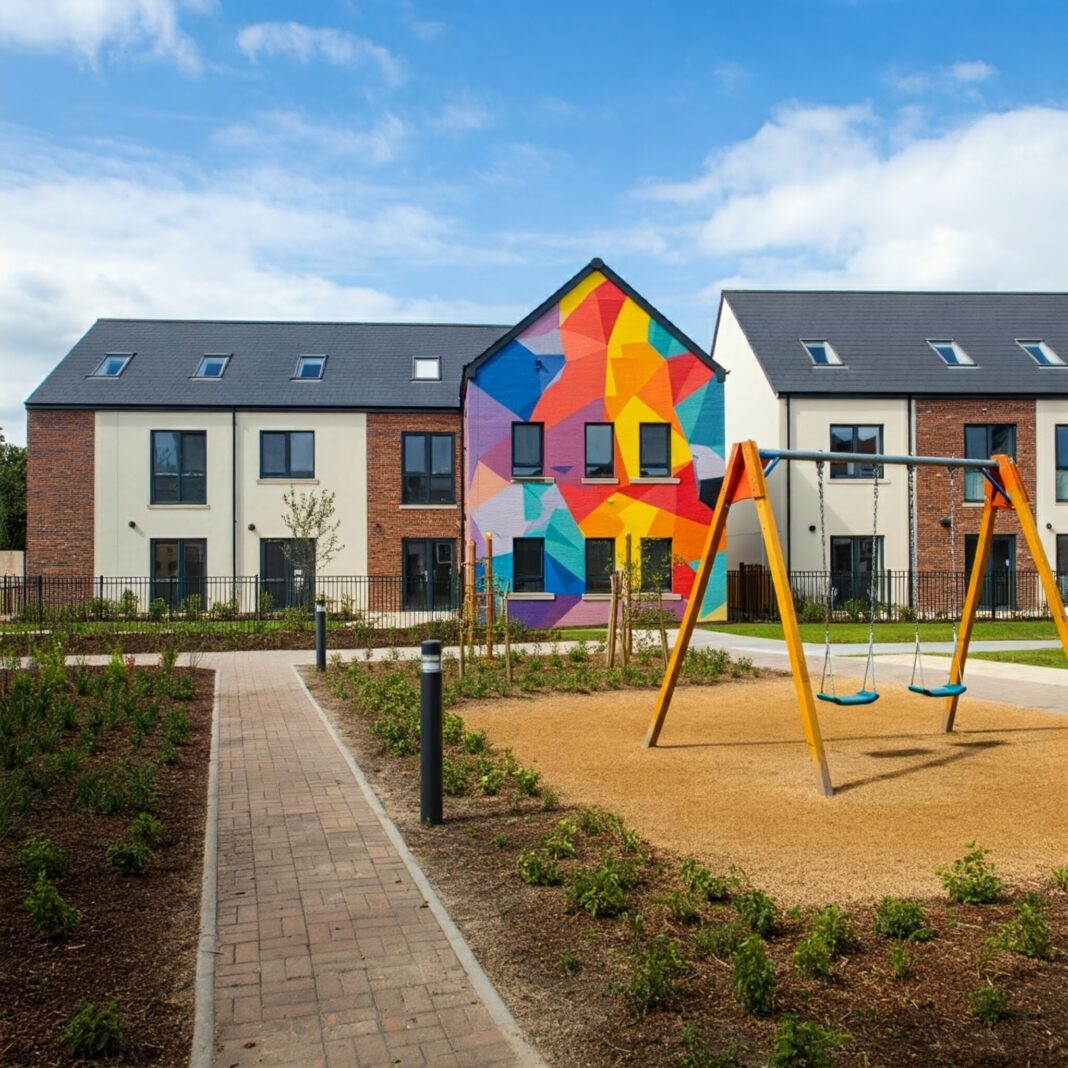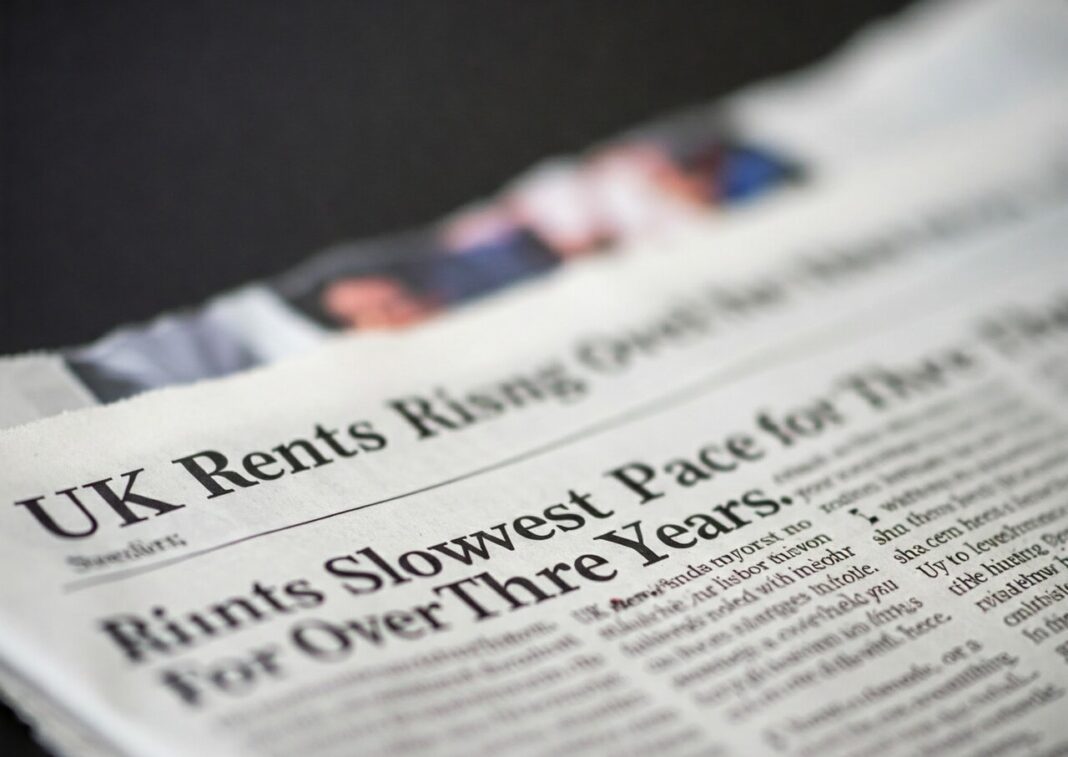Tenants are increasingly looking for properties with accessible features – even if they don’t have a disability, latest research from Leaders Romans Group (LRG) reveals.
Its Q3 Lettings Report shows that a substantial number of tenants see value in rental homes with accessibility features.
Four out of 10 (40%) tenants surveyed expressed a preference for lateral living layouts and step-free access, while 36% showed interest in non-slip flooring and wider doors.
One tenant commented” “For me personally I do not have any accessibility needs currently – however for those that do (having cared for my elderly parents) it can be extremely challenging to have needs catered for.”
INCLUSIVE HOUSING OPTIONS
Findings from the Centre for Ageing Better show that more than nine out of 10 (91%) UK homes lack key accessibility features, highlighting a growing need for inclusive housing options among renters.

The rental market is gradually responding to these evolving preferences.
OnTheMarket recently introduced an “Accessible Features” filter, enabling renters to find properties with essential features like step-free access and wide doorways.
SPECIFIC NEEDS
Rightmove has also enhanced its accessibility features to help tenants more easily identify properties that meet their specific needs.
The Accessible Letting Scheme, launched by AccessiblePRS, is another industry effort aiming to provide guidance and financial support to landlords to create more accessible rental properties.
However, the Royal Institution of Chartered Surveyors notes that more extensive financial incentives are essential for landlords to make these critical adjustments.
SIGNIFICANT CHALLENGE
The survey shows that currently 20% of LRG’s landlords offer accessible properties, and a further 25% would consider modifications if government incentives were provided. Financial barriers also remain a significant challenge.
Just over one in five (21.8%) landlords are open to modifications such as lateral living arrangements.
One landlord stated: “Would be happy to work with a tenant on accessibility issues.” Retrofitting properties to meet accessibility standards can also be costly, and with limited support from existing grants like the Disabled Facilities Grant (DFG), many landlords find it challenging to meet tenant needs.

In July 2022, the government introduced accessibility standards for new builds, intending to improve inclusivity in future housing.
However, existing rental properties, which constitute a significant portion of the housing market, are not covered by these new regulations.
While an additional £50 million was allocated to the DFG in 2023, this funding alone is unlikely to meet the extensive demand for accessible housing within the rental sector.
Propertymark has also advocated for additional funding and support specifically targeted at the private rental sector to help landlords implement accessibility improvements more effectively.
GROWING PREFERENCE

Allison Thompson, National Lettings Managing Director at LRG, says: “The growing preference for accessible rental properties presents both a challenge and an opportunity for the housing sector.
“Landlords are willing to adapt their properties to meet tenant needs, but financial constraints often stand in the way. Enhanced government support and clear guidelines are essential to bridge this gap and create a more inclusive rental market.
“As demand for accessible housing continues to rise, it beneficial for landlords, policymakers, and industry stakeholders to collaborate in developing solutions that address changing requirements.
“By providing financial incentives and support, the rental market can evolve to become more inclusive, ensuring accessible housing is available to those who need it.”










